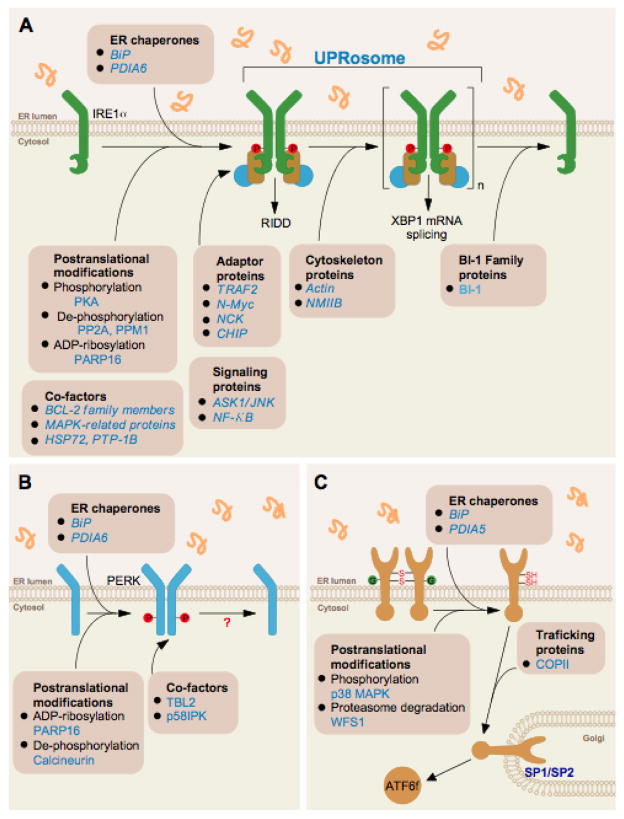Figure 3. Fine-tuning the UPR through protein-protein interactions and/or post-translational modifications.
(A) Fine-tuning IRE1 signaling through the dissociation of ER chaperones in the activation phase, recruitment of the UPRosome that controls signaling outputs and inactivation phase. (B) Fine-tuning PERK activation through the dissociation of BiP in the activation phase and the control of phosphorylation and ADP-ribosylation. (C) ATF6α activation depends on its N-glycosylation and redox status in addition to the dissociation from BiP to allow egress from the ER and proteolytic cleavage in the Golgi apparatus by the S1P/S2P proteases. In addition, ATF6α protein stability plays a key role in its signaling outputs.

